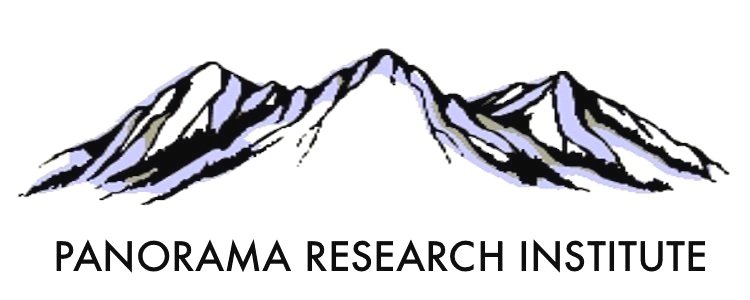Antibody engineering by parsimonious mutagenesis
Abstract
The human monoclonal antibody (humAb) problem has largely been solved with the aid of the polymerase chain reaction (PCR) [Larrick et al., Bio/Technology 7 (1989a) 934-938; Larrick et al., Biochem. Biophys. Res. Commun. 160 (1989b) 1250-1256; Chiang et al., BioTechniques 7 (1989) 360-366]. Phage display has now made it possible to recover humAb with primary response level affinities (approx. 10(6) M-1) for virtually any antigen (including self antigens) from comprehensive libraries of B-cell repertoires from non-immunized humans [Marks et al., J. Mol. Biol. 222 (1991) 581-597; Marks et al., Bio/Technology 10 (1992) 779-783; Griffiths et al., EMBO J. 12 (1993) 725-734]. This means that the goal of therapeutic humAb without immunization is within reach. However, in order to achieve the affinities generally required for therapeutic use (> or = 10(9) M-1), reliable methods will be needed to complete the affinity maturation process in vitro. Available X-ray crystallographic data and energy calculations indicate that only a fraction of the substantial contact surface between the Ab and protein antigens contribute significantly to affinity. Thus, the remaining contact surface presents multiple opportunities to develop additional high-affinity contacts, needing only a means to identify them. To this end, we have developed a computer-assisted method for oligodeoxyribonucleotide-directed scanning mutagenesis, called parsimonious mutagenesis (PM), whereby all three complementarity-determining regions (CDR) of a variable region (V-region) gene can be simultaneously and thoroughly searched for improved variants in libraries of manageable size. These libraries are made with low-redundancy 'doping' codons and biased nucleotide (nt) mixtures designed to maximize the abundance of combining sites with predetermined proportions of preselected sets of alternative amino acids (aa). This allows the library to 'probe' the surface of the antigen one or a few aa residues at a time with a wide selection of aa side chains to search out and identify new high-affinity contacts. In addition to affinity maturation in vitro, PM can also be used to remove unwanted cross-reactivities and to 'reshape' rodent mAb for human therapeutic use.
